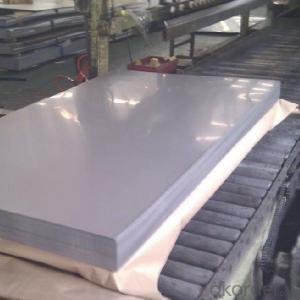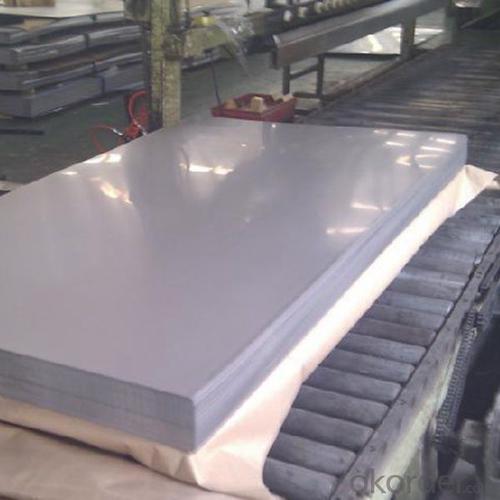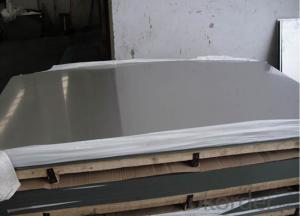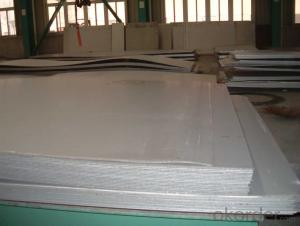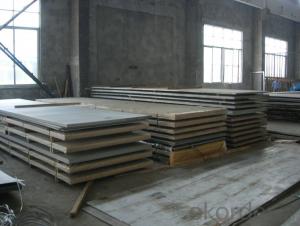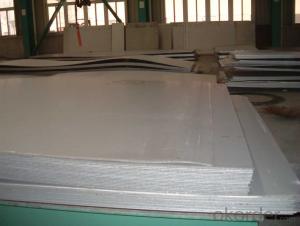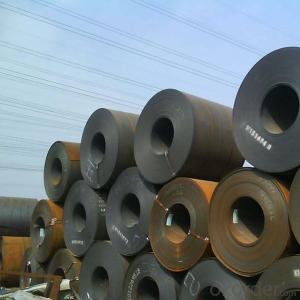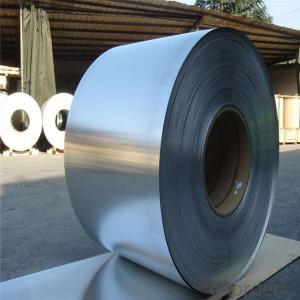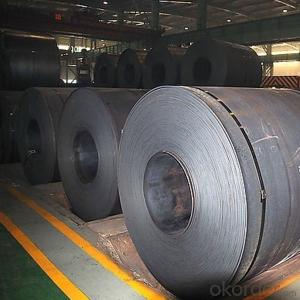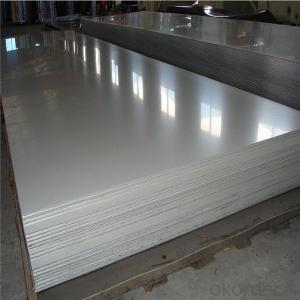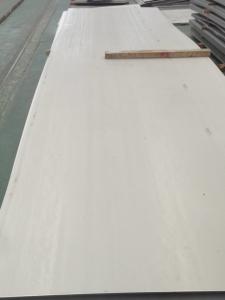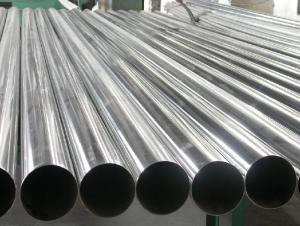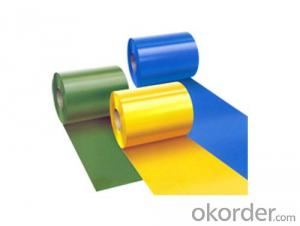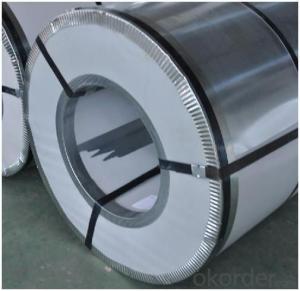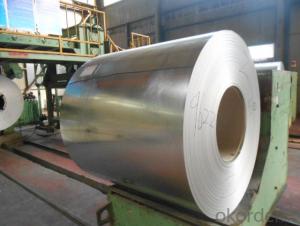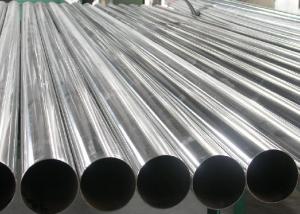Carbon Steel Plate Steel Sheets SS400 Steel Coils
- Loading Port:
- Tianjin
- Payment Terms:
- TT OR LC
- Min Order Qty:
- 100 m.t.
- Supply Capability:
- 20000 m.t./month
OKorder Service Pledge
OKorder Financial Service
You Might Also Like
Specification
DESCRIPTION FOR CARBON STEEL PLATE
Product | carbon steel plate price per ton |
Place of origin | Tianjin,China mainland |
MOQ | 25 tons |
Thickness | 1mm-200mm |
Width | 1000mm-3000mm |
Length | 1000mm-2000mm |
Application | widely |
Standard | AISI,ASTM,BS,DIN,JIS,GB,etc |
Grade | A572,A573,A633,A678,A709,A710,G3101,G3136,etc |
Tpye | Steel plate |
Surfacing | Coated |
Productive Technology | Hot Rolled & Cold Rolled |
Price | FOB USD 500-900 per ton |
Port | TIANJIN,SHANGHAI |
Payment Terms | L/C,T/T,Western Union,MoneyGram |
Product Ability | 1000 tons per month |
Delivery | 10 days after deposit or according to customers' quantity |
Packing | standard seaworthy export packing or as the request of customers |
PACKING:
1.Big thickness:by bulk vessel
2.Small thickness:packed by steel strips and shipped by container
3.According to the requirements of customers'
TRADE TERMS :FOB, CFR, CIF
DETAILED PICTURES FOR STEEL COILS
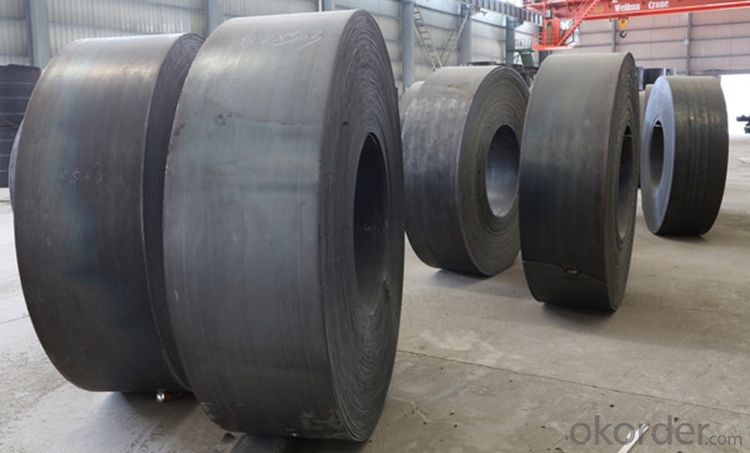
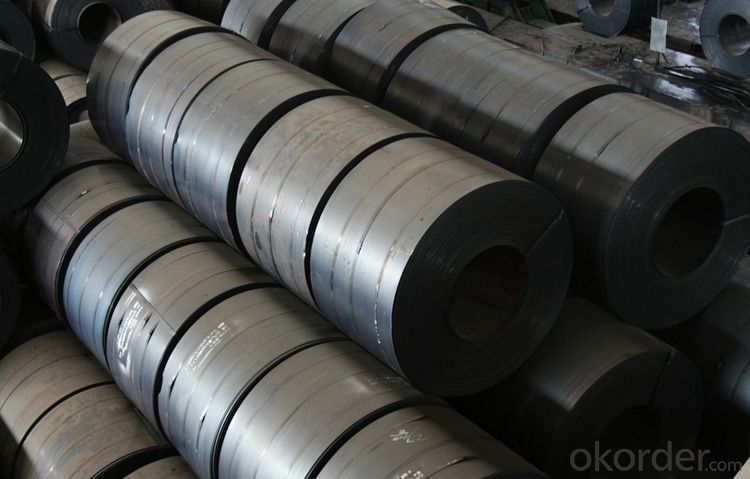
PACKAGING &DELIVERY FOR STEEL COILS/SHEETS
Packaging Detail Standard export packing or following customer's demand
Delivery Time: Within 30-40 days after deposit or according to the order quantity
OUR SERVICE
1.High quanlity and reasonable price.
2.Customized on-demand.
3.Reasonable shipping and fast delivery.
4.Free sample.
FAQ:
Q:You are Factory or Trading Company?
A:We are factory,our main products include Steel plate,Steel Bar,Steel coils.
Q:Do you have OEM service?
A: Yes.Variety of products size,quality and quantity can be customized according to your need.
Q:Could you support free sample?
A:Yes.We can supply FREE samples.But the delivery charges will be covered by our customers.
Q:How about the delivery time?
A:Within 15-30days after receiving the deposit or L/C at sight.
- Q: What are the different types of stainless steel sheets?
- There are several different types of stainless steel sheets available, each with its own unique properties and uses. Some of the most common types include: 1. Austenitic stainless steel sheets: This is the most widely used type of stainless steel, known for its excellent corrosion resistance and high ductility. It is non-magnetic and can be easily formed, making it suitable for various applications such as kitchen equipment, architectural structures, and automotive components. 2. Ferritic stainless steel sheets: This type of stainless steel has a lower chromium content compared to austenitic stainless steel. It possesses good corrosion resistance in certain environments and is often used in applications that require high temperature resistance, such as industrial ovens and exhaust systems. 3. Martensitic stainless steel sheets: Martensitic stainless steel is known for its high strength and hardness. It is magnetic and offers good corrosion resistance, making it suitable for applications that require both strength and corrosion resistance, such as knives, turbine blades, and valve parts. 4. Duplex stainless steel sheets: This type of stainless steel combines the properties of both austenitic and ferritic stainless steels. It has excellent corrosion resistance, high strength, and good weldability. Duplex stainless steel is commonly used in industries such as chemical processing, oil and gas, and marine environments. 5. Precipitation-hardening stainless steel sheets: This type of stainless steel is heat treatable, offering high strength and excellent corrosion resistance. It is commonly used in applications that require high strength-to-weight ratio, such as aerospace components, springs, and shafts. These are just a few examples of the different types of stainless steel sheets available. The choice of which type to use depends on the specific requirements of the application, including factors such as corrosion resistance, strength, formability, and cost.
- Q: What is the maximum temperature that stainless steel sheets can withstand?
- The maximum temperature that stainless steel sheets can withstand depends on the specific grade or alloy of stainless steel being used. However, most stainless steel sheets can typically withstand temperatures of up to around 1500 degrees Fahrenheit (815 degrees Celsius) before experiencing significant structural or mechanical changes.
- Q: What are the color options for stainless steel sheets?
- Stainless steel sheets generally come in a variety of color options, depending on the specific type of finish applied to the surface. The most common color options for stainless steel sheets include silver, which is the natural color of stainless steel, as well as black, gold, bronze, and copper. These colors are achieved through processes such as powder coating, PVD coating, or chemical treatments, which create a thin layer on the surface of the stainless steel sheet. The color options allow for greater versatility in design and can be chosen to complement different aesthetics and applications.
- Q: Can stainless steel sheets be used for food preparation surfaces?
- Yes, stainless steel sheets can be used for food preparation surfaces. Stainless steel is a popular choice for food preparation surfaces due to its excellent properties. It is non-porous, which means it does not absorb any liquids or bacteria that can contaminate the food. Stainless steel is also resistant to corrosion, staining, and rusting, making it a durable and long-lasting option for food preparation surfaces. Additionally, stainless steel is easy to clean, as it can withstand high temperatures and is not affected by most cleaning agents. This makes it a hygienic choice for food preparation surfaces, as it can be thoroughly sanitized to prevent the growth of bacteria. Overall, stainless steel sheets are a safe and practical choice for food preparation surfaces.
- Q: Lead and stainless steel plate welding together? How do you solder it?
- Lead and stainless steel, two different metal elements. Although the welding process is difficult, it can still be welded together.
- Q: 420 stainless steel, there is no good 304
- 420 and 304 is not the same type of stainless steel, is 420 stainless iron, nickel containing little, 420 series stainless steel cutter belongs to the material processing of finished products and then quenching hardness is high, the 304 is rust resistant stainless steel material, widely used, the price is slightly more expensive than the 420, at about 20 yuan a kilogram.
- Q: What are the different types of surface finishes for stainless steel sheets?
- There are several different types of surface finishes available for stainless steel sheets, each offering unique characteristics and appearances. Some of the most common surface finishes are: 1. No.1 Finish: This is the most basic stainless steel finish, also known as hot rolled or annealed finish. It has a dull, rough appearance with visible grain lines and is mainly used for industrial applications where aesthetics are not a concern. 2. No.2B Finish: This is a bright, smooth finish achieved by cold rolling the stainless steel sheet and then annealing it in a controlled atmosphere. It has a semi-reflective appearance and is commonly used for kitchen appliances, decorative trim, and architectural applications. 3. No.4 Finish: This finish is achieved by brushing the stainless steel sheet with abrasive materials, resulting in a uniform, satin-like appearance. It is often used in commercial kitchens, elevator panels, and decorative applications where a visually appealing and easy-to-clean surface is desired. 4. No.8 Mirror Finish: This is the most reflective surface finish available for stainless steel sheets. It is achieved by polishing the surface to a mirror-like shine using progressively finer abrasives. This finish is commonly used in decorative applications, such as architectural features, automotive trim, and jewelry. 5. Hairline Finish: This finish is achieved by sanding the stainless steel sheet with fine abrasives in a consistent linear pattern. It creates a textured, brushed appearance and is often used for decorative purposes, such as wall cladding, furniture, and signage. 6. Bead Blasted Finish: This finish is achieved by bombarding the stainless steel sheet with small glass beads at high pressure, resulting in a uniform, matte texture. It is commonly used for architectural applications, such as column covers, elevator doors, and facade panels. These are just a few examples of the various surface finishes available for stainless steel sheets, each offering different visual effects, textures, and levels of reflectivity. The choice of finish depends on the desired aesthetic, functionality, and application requirements.
- Q: Are stainless steel sheets suitable for high-temperature applications?
- Stainless steel sheets are well-suited for high-temperature applications. Renowned for their outstanding heat resistance properties, stainless steel proves to be an optimal material for utilization in environments with elevated temperatures. It possesses the ability to endure extreme heat while retaining its strength and structural integrity, rendering it exceptionally resilient and dependable. Industries such as aerospace, automotive, and manufacturing frequently employ stainless steel sheets, as they commonly encounter high temperatures. Furthermore, stainless steel sheets exhibit minimal thermal expansion, ensuring that their shape and dimensions remain intact even when exposed to varying temperatures. Consequently, stainless steel sheets are the preferred choice for applications in which dimensional stability is of utmost importance. All in all, stainless steel sheets are an appropriate alternative for high-temperature applications due to their exceptional heat resistance, durability, and dimensional stability.
- Q: How do you drill holes in stainless steel sheets?
- To achieve accurate and clean results, it is necessary to follow specific steps and use the right tools when drilling holes in stainless steel sheets. Here is a detailed guide on how to accomplish this task: Step 1: Gather the required tools, including a drill machine, suitable drill bits for stainless steel (cobalt or carbide are recommended), a center punch, safety goggles, work gloves, and a clamp or vise to secure the stainless steel sheet. Step 2: Select the appropriate drill bit. Since stainless steel is a tough material, regular drill bits may not be effective. Instead, opt for cobalt or carbide drill bits that are specifically designed for cutting through hard metals. Step 3: Mark the hole position by using a center punch to create a small indentation at the exact spot where you intend to drill. This will prevent the drill bit from slipping when starting the hole. Step 4: Firmly secure the stainless steel sheet using a clamp or vise on a workbench or surface. This will prevent any movement during drilling and ensure precise and clean holes. Step 5: Prioritize safety by wearing safety goggles and work gloves to protect your eyes and hands from metal debris and sharp edges. Step 6: Begin drilling by placing the drill bit on the marked indentation and applying gentle pressure to start the hole. Use a lower speed setting on your drill machine to prevent overheating, gradually increasing the pressure as you continue drilling. Step 7: Apply cutting fluid or lubricant on the drill bit while drilling to reduce friction and heat buildup. This will extend the life of the drill bit and prevent discoloration or warping of the stainless steel sheet due to excessive heat. Step 8: Monitor the drilling progress and adjust the speed and pressure accordingly. It is crucial to maintain a steady pace and avoid applying excessive force to prevent drill bit breakage or damage to the stainless steel sheet. Step 9: Periodically stop drilling to remove metal debris from the hole, ensuring that it does not clog and that the hole remains clean. Step 10: Once the desired hole size is achieved, slowly withdraw the drill bit from the stainless steel sheet. Use a file or deburring tool to smooth out any rough edges around the hole. By following these steps and utilizing the appropriate tools, you can successfully drill precise and clean holes in stainless steel sheets. Remember to take your time, prioritize safety, and properly maintain your tools for optimal results.
- Q: What is the tensile modulus of stainless steel sheets?
- The tensile modulus of stainless steel sheets varies depending on the grade and specific composition of the stainless steel. However, stainless steel is generally known for its high tensile strength and excellent mechanical properties. The tensile modulus of stainless steel sheets typically ranges from 180 to 200 GPa (Gigapascals), which is significantly higher than most other materials commonly used in engineering and construction. This high tensile modulus makes stainless steel sheets ideal for applications that require strength, durability, and resistance to corrosion.
Send your message to us
Carbon Steel Plate Steel Sheets SS400 Steel Coils
- Loading Port:
- Tianjin
- Payment Terms:
- TT OR LC
- Min Order Qty:
- 100 m.t.
- Supply Capability:
- 20000 m.t./month
OKorder Service Pledge
OKorder Financial Service
Similar products
Hot products
Hot Searches
Related keywords
